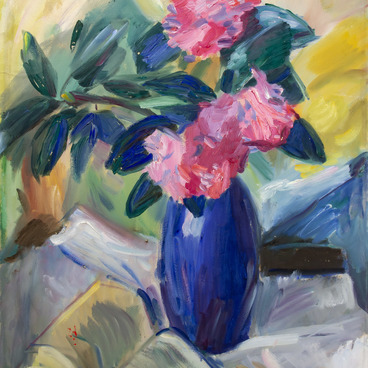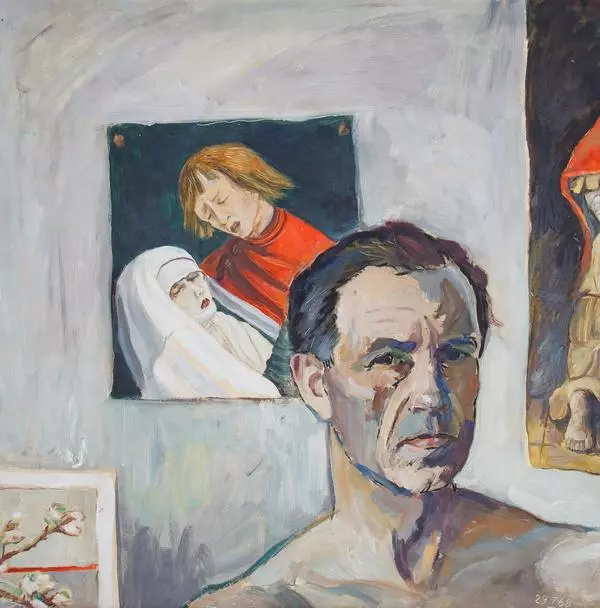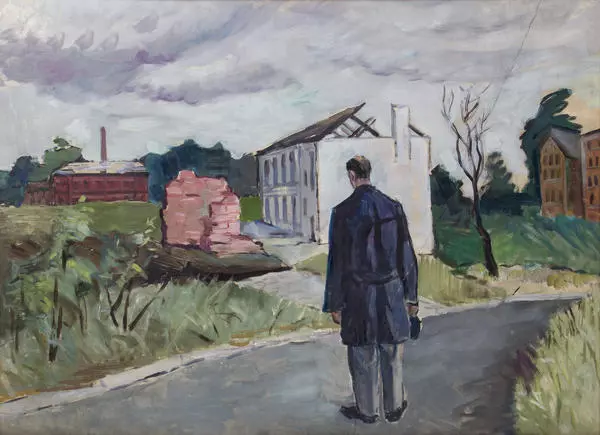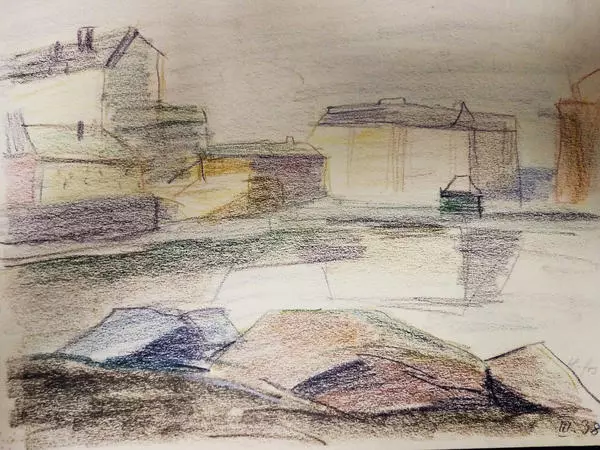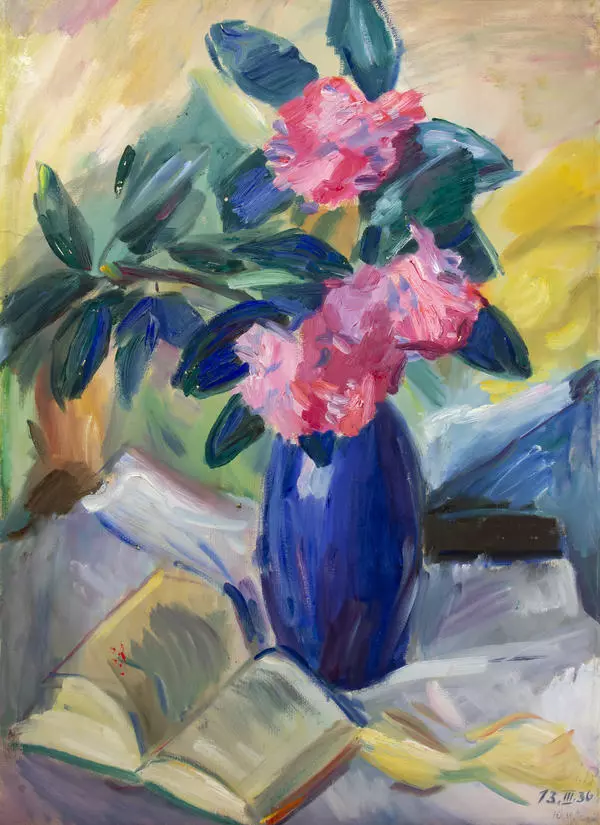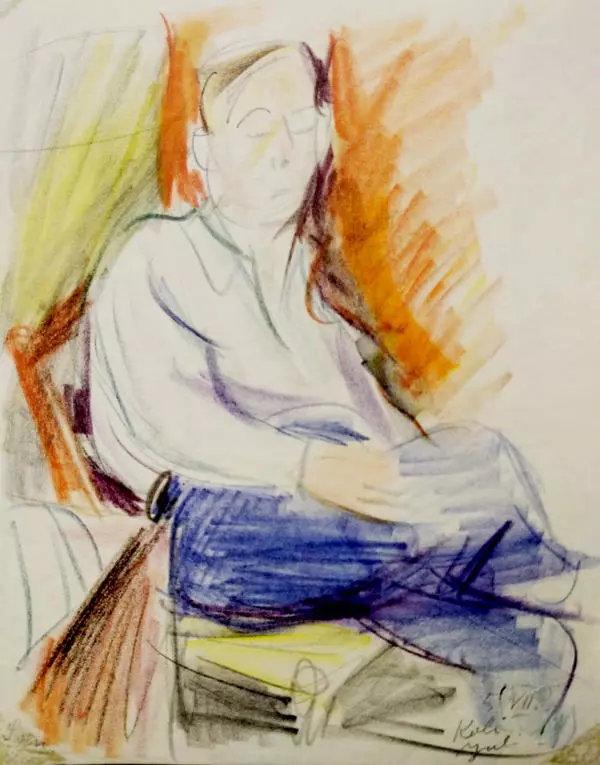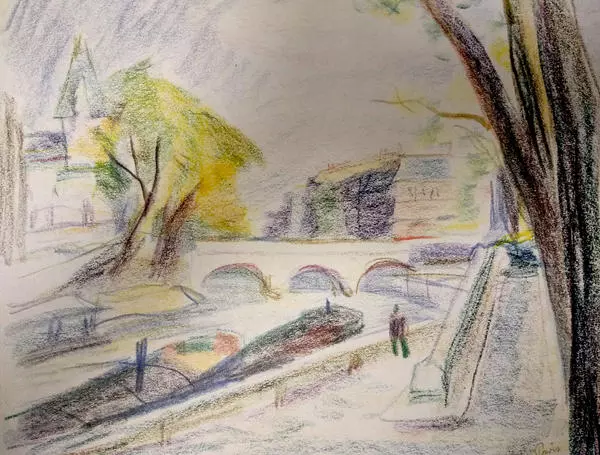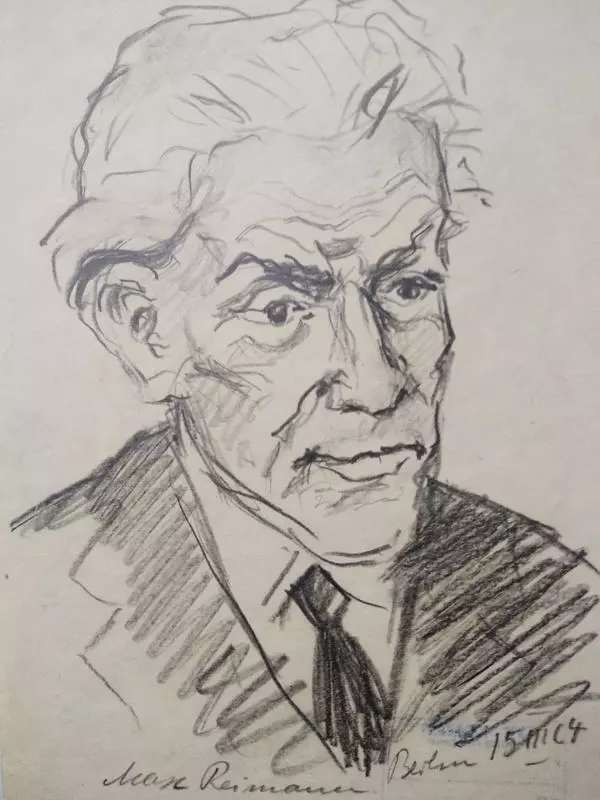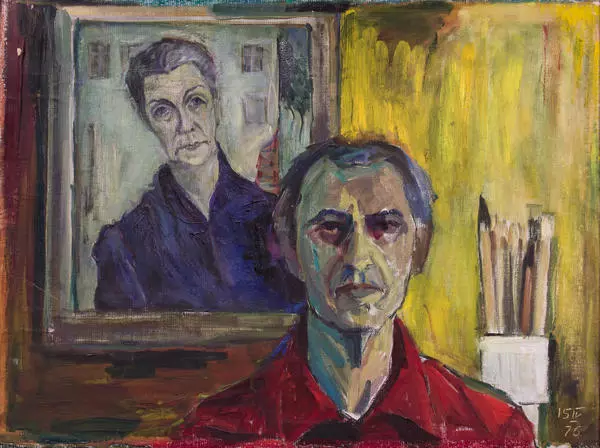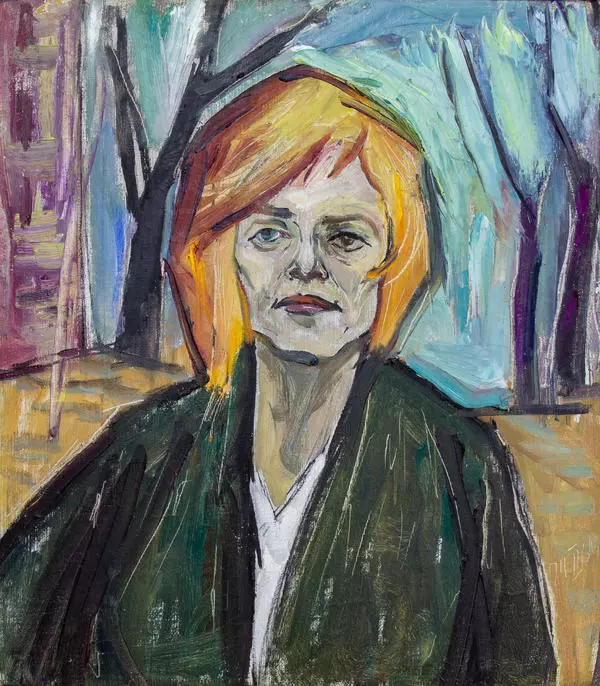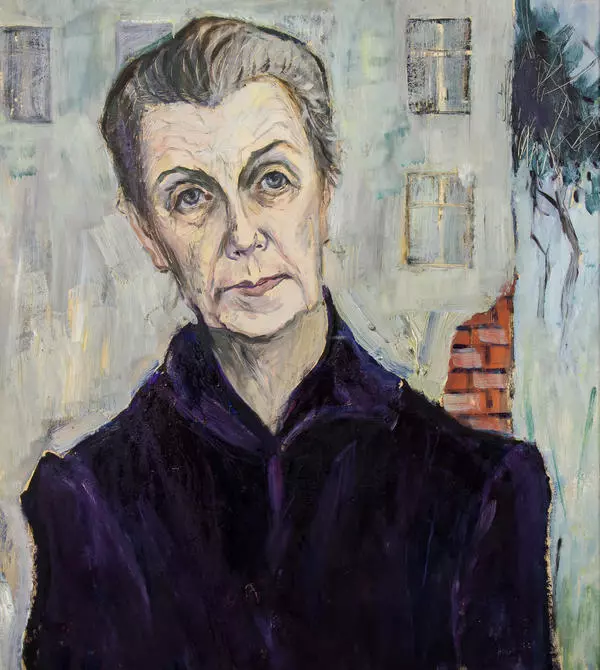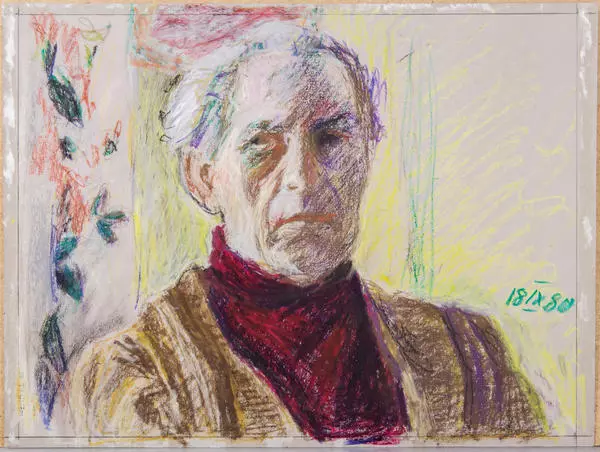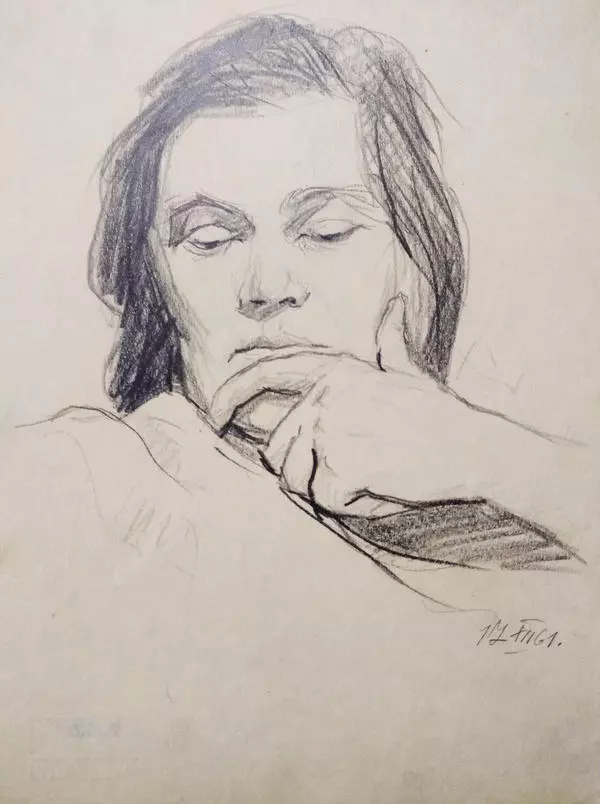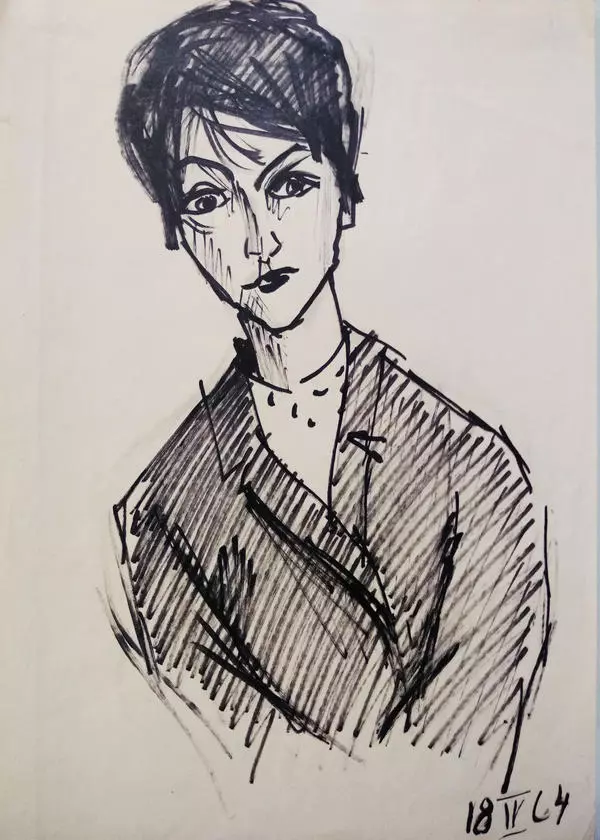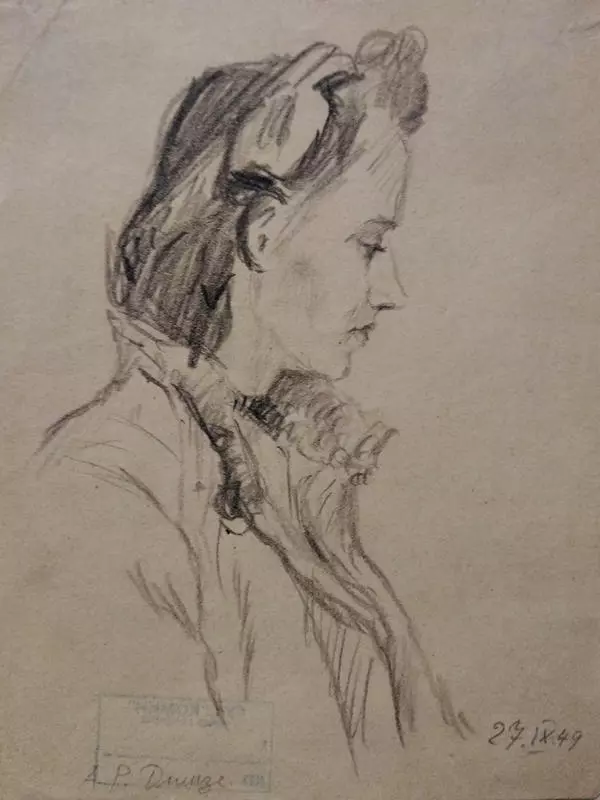Jurgis Preiss (his real name was Hans Richard) was born in Königsberg (now Kaliningrad) on September 1, 1904. He studied drawing at the Konigsberg Academy of Arts. His teacher was Arthur Degner who possessed the techniques of impressionism and expressionism and was a conductor of new trends in painting. He was known throughout Germany. At the academy, Degner led the landscape class and was the only expressionist graphic artist.
Expressionism is a style in German art, popular at the beginning of the 20th century. Artworks of its adepts were characterized by simplification of the picture, hypertrophied forms, bright palette and contrasting colors. Unlike impressionists, expressionist artists tried to express their inner world, rather than to reproduce outer things.
Since he was fifteen, Jurgis Preiss participated in European exhibitions and left-wing radical movements. He was a member of the Communist Party of Germany, worked for Soviet intelligence in Europe, visited Vienna, Stockholm, Berlin, Helsinki, and arranged personal art exhibitions in Paris. Frequent resettlement broadened Preiss’s horizons and ambit of acquaintances: he kept company with Pablo Picasso, got acquainted with the German playwright Berthold Brecht, met Mexican artist Jose Siqueiros and the Danish cartoonist Herluf Bidstrup.
Jurgis Preiss reflected this segment of life in his works of the so-called European period. During his travels, Preiss developed as an intimist artist. Intimism is a subspecies of genre painting that had emerged from neo-expressionism. It is characterized by the artist’s focus on the innermost details of private life, his appeal to the personal world.
Self-portraits stand distinctive among Preiss’s works of the European period. This genre was the best suited to reflect everyday life. Preiss’s self-portraits of the 1930’s are very numerous, but inconspicuous and similar to one another: they all are small in size, and the artist is depicted shoulder-high in a half-turn pose or en-face.
The Self-Portrait of 1937 is more lyrical than the others and is the smallest of them, slightly more than palm-size. It has special mood about it which is set by the spatial environment, darkened, with weak cold light streaming from the inside. As if by contour, the light delineates the artist’s face, which is close to the foreground, and distinguishes its features from the twilight. Employing contrasting colors and expressive manner which gives an impression of shorthand writing and incompleteness, the author conveyed an emotional state that sets this artwork apart from the rest of his self-portraits which are rather impassive.
Expressionism is a style in German art, popular at the beginning of the 20th century. Artworks of its adepts were characterized by simplification of the picture, hypertrophied forms, bright palette and contrasting colors. Unlike impressionists, expressionist artists tried to express their inner world, rather than to reproduce outer things.
Since he was fifteen, Jurgis Preiss participated in European exhibitions and left-wing radical movements. He was a member of the Communist Party of Germany, worked for Soviet intelligence in Europe, visited Vienna, Stockholm, Berlin, Helsinki, and arranged personal art exhibitions in Paris. Frequent resettlement broadened Preiss’s horizons and ambit of acquaintances: he kept company with Pablo Picasso, got acquainted with the German playwright Berthold Brecht, met Mexican artist Jose Siqueiros and the Danish cartoonist Herluf Bidstrup.
Jurgis Preiss reflected this segment of life in his works of the so-called European period. During his travels, Preiss developed as an intimist artist. Intimism is a subspecies of genre painting that had emerged from neo-expressionism. It is characterized by the artist’s focus on the innermost details of private life, his appeal to the personal world.
Self-portraits stand distinctive among Preiss’s works of the European period. This genre was the best suited to reflect everyday life. Preiss’s self-portraits of the 1930’s are very numerous, but inconspicuous and similar to one another: they all are small in size, and the artist is depicted shoulder-high in a half-turn pose or en-face.
The Self-Portrait of 1937 is more lyrical than the others and is the smallest of them, slightly more than palm-size. It has special mood about it which is set by the spatial environment, darkened, with weak cold light streaming from the inside. As if by contour, the light delineates the artist’s face, which is close to the foreground, and distinguishes its features from the twilight. Employing contrasting colors and expressive manner which gives an impression of shorthand writing and incompleteness, the author conveyed an emotional state that sets this artwork apart from the rest of his self-portraits which are rather impassive.
